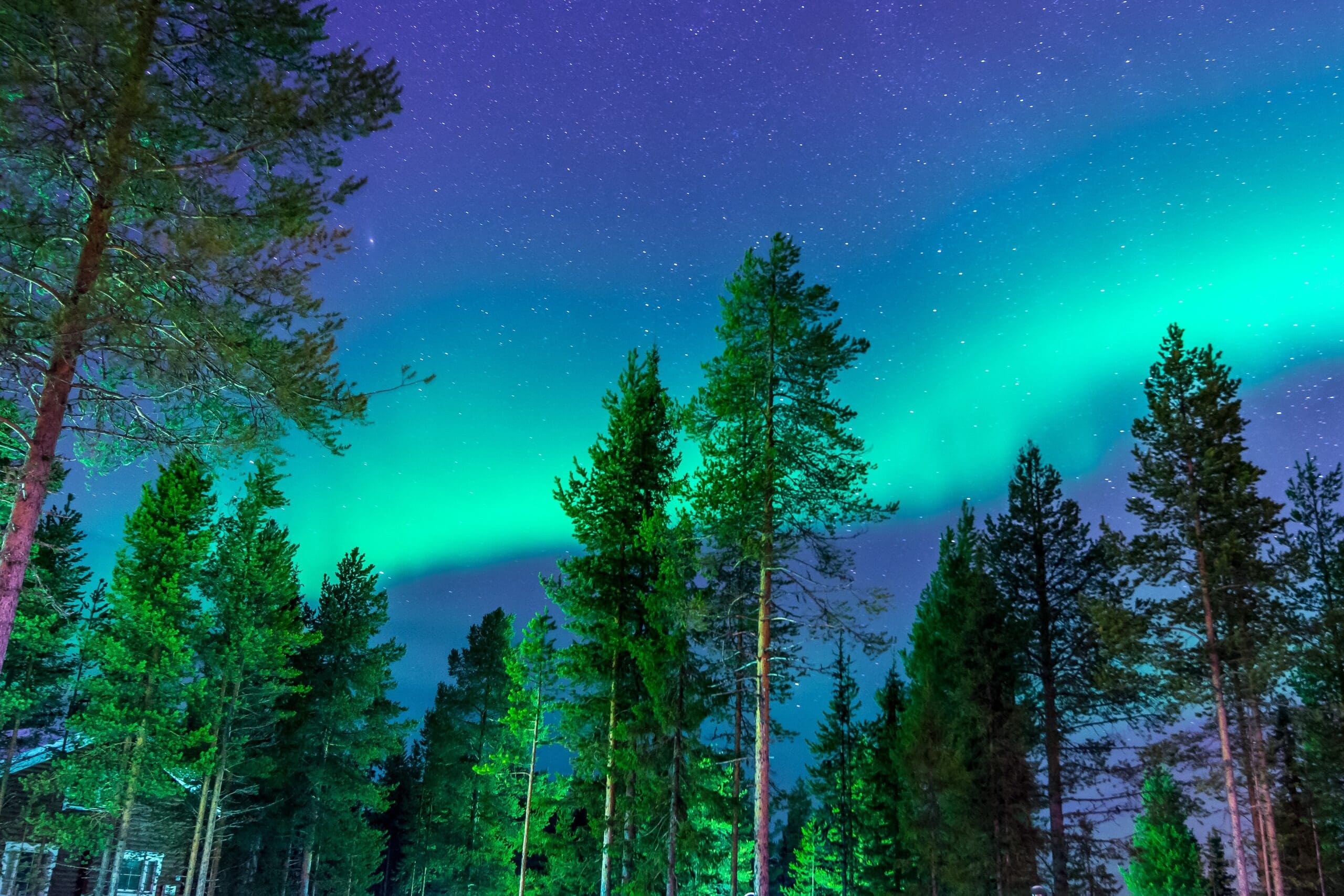
Aurora Borealis Facts for Kids – 5 Outstanding Facts about Aurora Borealis
Table of Contents
Have you ever been to the Arctic regions? Here is a majestic phenomena that you will love to see. Let’s discover five outstanding Aurora Borealis facts for kids.
Aurora Borealis Facts for Kids Fact Number 1: The Northern Lights
The Aurora Borealis, commonly known as the Northern Lights, is a spellbinding natural light display that graces the night sky with its presence. Appearing as swirling, dancing lights, these vibrant and colorful phenomena are visible in the Arctic regions, creating unforgettable and unique experiences for those who have the chance to witness them.

Aurora Borealis Facts for Kids Fact Number 2: How Do Northern Lights Happen?
The formation of the Northern Lights is a fascinating process involving charged particles from the sun, such as electrons and protons, which interact with the Earth’s magnetic field. As these particles travel toward Earth and collide with the magnetic field, they excite the gas particles in the Earth’s atmosphere. This excitation causes the gas particles to emit light, creating the dazzling array of colors that make up the Northern Lights.
Aurora Borealis Facts for Kids Fact Number 3: Witnessing The Breathtaking Aurora Borealis
To have the best chance of witnessing the breathtaking Aurora Borealis, one should head to the Arctic regions, including destinations like Alaska, Canada, and Scandinavia. These areas lie close to the Earth’s magnetic poles, which attract the sun’s charged particles. Consequently, the likelihood of seeing the Northern Lights is much higher in these locations, where the particles collide with the Earth’s magnetic field and produce the stunning display.
Aurora Borealis Facts for Kids Fact Number 4: How The Colours are Determined?
The captivating colors of the Northern Lights are determined by the type of gas particles involved in the collisions with the Earth’s magnetic field. Oxygen particles, found at higher altitudes, typically emit green light, while nitrogen particles at lower altitudes produce red or blue light. The resulting fusion of colors creates a breathtaking, mesmerizing spectacle that enchants viewers from all around the world.

Aurora Borealis Facts for Kids Fact Number 5: What Did Ancient People Think The Northern Lights Are?
The Aurora Borealis has a rich history, as it has been observed and documented for thousands of years across numerous cultures and civilizations. Ancient peoples recorded their experiences with the Northern Lights, interpreting them through various beliefs, legends, and myths. Today, scientists continue to study this awe-inspiring natural phenomenon, seeking to uncover more about the Earth’s magnetic field, the behavior of charged particles from the sun, and the complex interactions that give rise to the magical Northern Lights.

We hope you enjoyed learning more things about Aurora Borealis as much as we loved teaching you about them. Now that you know how majestic this Aurora Borealis is, you can move on to learn about other climate and weather stuff like: Tornadoes, Earthquakes, Rain, Oceans, Deforestation, Rivers, Thunder, Thunderstorms, Thunder and Lightning, Rainbows, Soil Erosion, Lightning, Floods, Earth’s Atmosphere, Hurricanes, Volcanoes, Earthquakes, Tornadoes, Blizzard, Wind and Tsunamis.
Why not subscribe to our LearningMole Library for as little as £1.99 per month to access over 2800 fun educational videos.


Leave a Reply